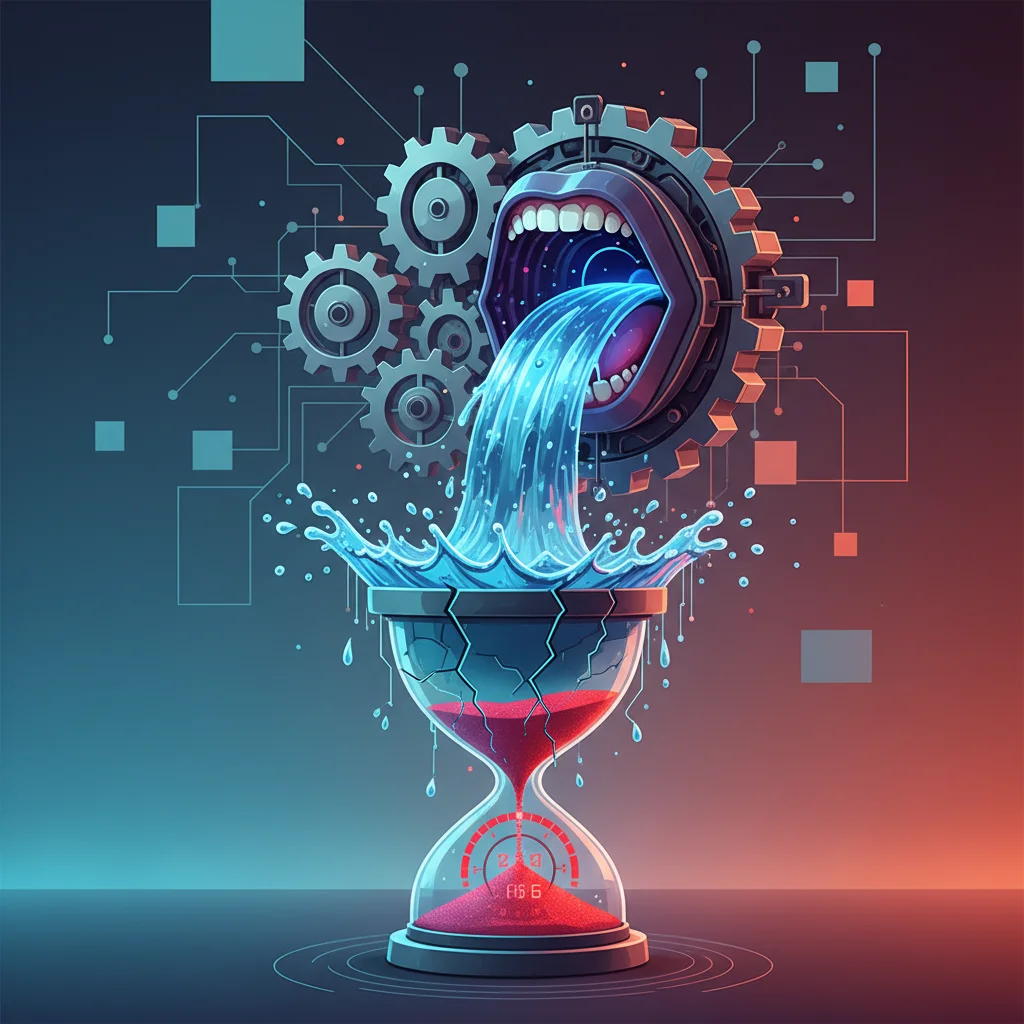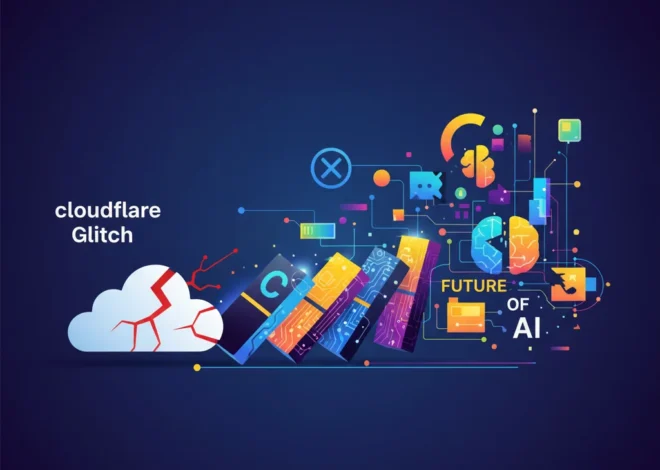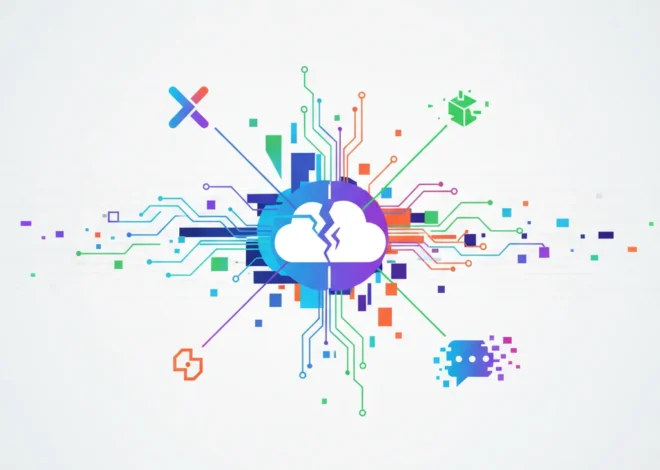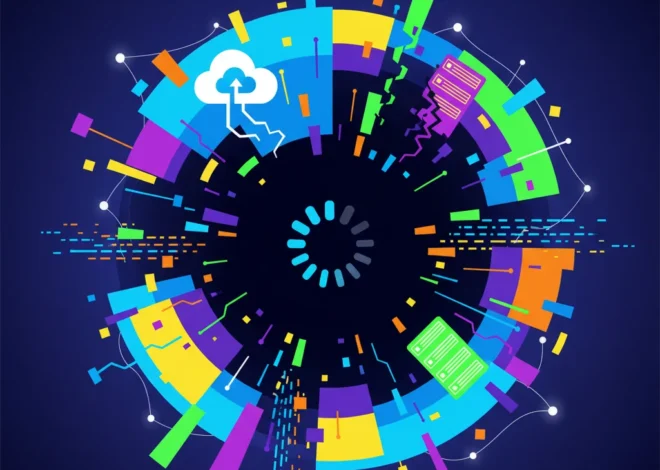
The Thirsty Engine of Innovation: Is AI’s Water Usage a Ticking Time Bomb?
The Invisible Cost of Intelligence
We live in a world powered by artificial intelligence. It recommends our next movie, helps doctors diagnose diseases, and powers the software that startups use to disrupt entire industries. This digital revolution, built on the foundations of machine learning and complex algorithms, feels clean, ethereal, and weightless. It exists in the “cloud,” a term that evokes images of fluffy, harmless vapor. But what if that cloud had a very real, very wet, and increasingly problematic thirst?
A startling new report from Scotland has pulled back the curtain on the hidden environmental costs of our AI-driven world. The volume of tap water consumed by the nation’s data centers—the physical brains behind the cloud—has quadrupled since just 2021. To put that in perspective, we’re talking about enough water to fill over 27 million single-use plastic bottles every single year. This isn’t a slow leak; it’s a gushing firehose, and it raises a critical question for developers, entrepreneurs, and tech leaders: Is our pursuit of digital innovation on a collision course with physical sustainability?
This isn’t just a Scottish problem. It’s a microcosm of a global challenge. As we push the boundaries of AI, we are also pushing the limits of our planet’s resources. In this deep dive, we’ll explore why AI is so thirsty, what it means for the future of technology, and how innovation in both hardware and software can help us build a more sustainable digital future.
Why Does Code Need to Cool Down?
To understand the water issue, you first need to understand the heat issue. At the heart of every data center are thousands of servers packed with powerful processors. For years, the workhorse was the Central Processing Unit (CPU). But the rise of complex machine learning models demanded something more powerful, leading to the widespread adoption of Graphics Processing Units (GPUs).
GPUs, originally designed for rendering video game graphics, are masters of parallel processing. They can perform thousands of calculations simultaneously, making them perfect for training the massive neural networks that underpin modern AI. There’s just one catch: they are incredibly power-hungry. And where there’s power, there’s heat. A lot of it.
If left unchecked, this intense heat would cause the processors to slow down and eventually fail. To prevent this, data centers employ massive cooling systems. One of the most common and effective methods is evaporative cooling. In simple terms, these systems use water, evaporating it into the air to draw heat away from the servers. It’s the same principle as sweating. While highly effective, this process consumes enormous volumes of water, which is then released into the atmosphere as vapor.
The recent explosion in generative AI tools has put this process into overdrive. As one expert noted, training a single large AI model can consume as much electricity as over 100 U.S. homes for an entire year. And with every watt of electricity comes the corresponding need for cooling. It’s a direct correlation: the more complex the AI, the more power it needs, and the thirstier it becomes.
Banned by a Bot: When AI Gets It Wrong on Social Media
A Look at the Cooling Landscape
Not all cooling methods are created equal. Data center operators face a constant trade-off between cost, efficiency, and environmental impact. Here’s a simplified breakdown of the most common cooling technologies:
| Cooling Method | How It Works | Water Usage | Pros & Cons |
|---|---|---|---|
| Traditional Air Cooling | Uses fans and air conditioners (chillers) to move cool air across servers. | Low to Moderate (water is used in the chillers, but not directly evaporated at scale). | Pro: Well-understood technology. Con: Highly inefficient for dense, high-power GPU racks. High energy consumption. |
| Evaporative Cooling | Hot air is passed over water-saturated pads. The water evaporates, cooling the air. | Very High. This is the primary driver of the water usage reported in Scotland. | Pro: Very energy efficient compared to traditional air conditioning. Con: Consumes massive amounts of water. |
| Direct Liquid Cooling (DLC) | Pipes liquid coolant (like water or a special dielectric fluid) directly to the processors. | Very Low. The liquid is in a closed loop, recycled continuously. | Pro: Extremely efficient, allows for higher server density. Con: More complex and expensive to implement initially. |
As the table shows, the most common methods involve a significant water or energy trade-off. While Direct Liquid Cooling is the most sustainable long-term solution, it requires a significant upfront investment, something that can be a challenge for startups or companies managing older facilities.
From Local Problem to Global Imperative
While the focus of the BBC report is Scotland, this issue is playing out in tech hubs worldwide. In tech-heavy regions of the United States, which are often arid, the conflict is even more pronounced. For instance, Google’s data centers in The Dalles, Oregon, used over a billion gallons of water in a single year, causing concern among local communities. Similarly, Microsoft has acknowledged its global water consumption jumped by 34% from 2021 to 2022, a surge directly linked to its massive investment in AI infrastructure to power services like ChatGPT.
This creates a paradox. We are increasingly relying on AI and large-scale data analysis to help solve some of the world’s biggest problems, including climate change and resource management. Yet, the very infrastructure powering these solutions is contributing to the strain on those same resources. It’s a classic case of the cure having its own potent side effects.
Teenage Hackers vs. The Hospital: Why the Kido Arrests Are a Critical Cybersecurity Wake-Up Call
The Path to Sustainable AI: A Multi-Layered Solution
Solving this challenge isn’t about halting progress or demonizing data centers. It’s about fostering a new wave of innovation focused on efficiency and responsibility. The solution lies in a collaborative effort across hardware, software, and strategy.
1. Hardware and Infrastructure Innovation
The frontline of this battle is in the data center itself. Companies are experimenting with revolutionary ideas:
- Advanced Liquid Cooling: Moving beyond simple water loops to “immersion cooling,” where entire servers are submerged in a non-conductive fluid. This is hyper-efficient and eliminates the need for water-based evaporative cooling.
- Geographic Strategy: Building data centers in naturally cold climates (like the Nordics) to reduce the energy needed for cooling. Microsoft’s Project Natick took this a step further by successfully deploying a data center on the seafloor off the coast of Scotland, using the ocean as a natural heat sink.
- Water Recycling: Investing in on-site water treatment facilities to use non-potable “grey water” or reclaimed wastewater for cooling, preserving precious drinking water for communities.
2. The Developer’s Role: Green Programming
The responsibility doesn’t just lie with the hardware engineers. Every developer and data scientist plays a role. The code we write has a direct physical consequence. This is where the principles of “Green Programming” come in:
- Algorithm Optimization: Is there a simpler model that can achieve 98% of the accuracy with only 50% of the computational cost? Techniques like model pruning, quantization, and knowledge distillation can create smaller, faster, and more energy-efficient AI models.
- Efficient Data Handling: Poorly managed data pipelines and unnecessary data transfers consume significant energy. Smart automation and efficient data architecture can drastically reduce a system’s footprint.
- Choosing the Right Stack: When building a SaaS product, entrepreneurs and developers should evaluate their cloud providers not just on cost and features, but also on their commitment to sustainability and their transparency in reporting environmental metrics.
3. Corporate and Policy Leadership
Finally, there needs to be a top-down push. Tech giants must be transparent about their energy and water consumption. They must invest heavily in R&D for sustainable computing. For startups, building sustainability into their DNA from day one can be a powerful differentiator for investors and customers alike. Governments can also play a role by incentivizing the construction of green data centers and the adoption of water-saving technologies.
The Code of Life: What the Nobel Prize in Medicine Teaches Tech About Self-Regulation and AI
Building the Future, Responsibly
The rise of artificial intelligence is arguably the most significant technological shift of our generation. Its potential is boundless. But the news from Scotland is a crucial wake-up call. The “cloud” is not an abstract entity; it is a global network of physical factories that consume real-world resources like energy and water.
The challenge isn’t to stop the AI revolution. The challenge is to steer it in a more sustainable direction. It requires a new mindset where efficiency is valued as highly as performance. It demands that we, the architects of this new world—the developers, the entrepreneurs, the tech leaders—think critically about the full lifecycle of our creations. The most profound innovation won’t just be what AI can do, but how we do AI.


